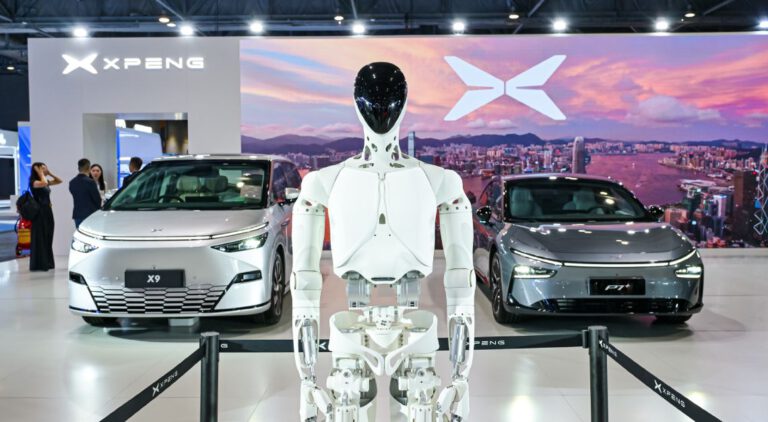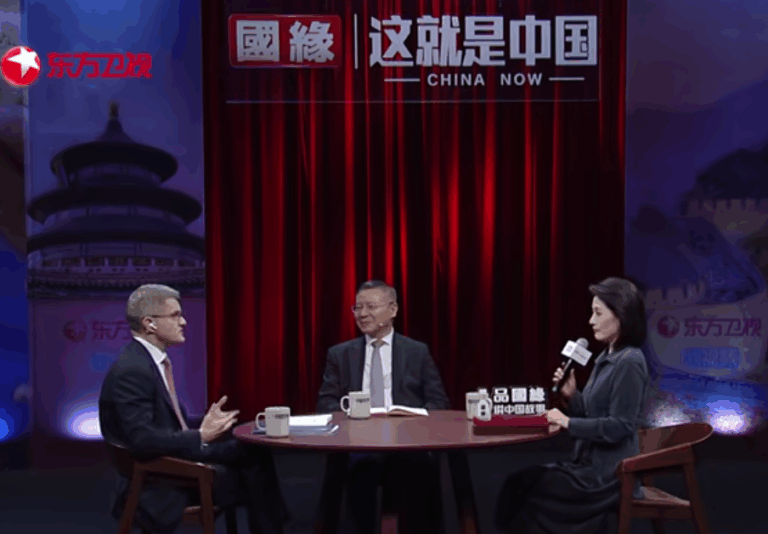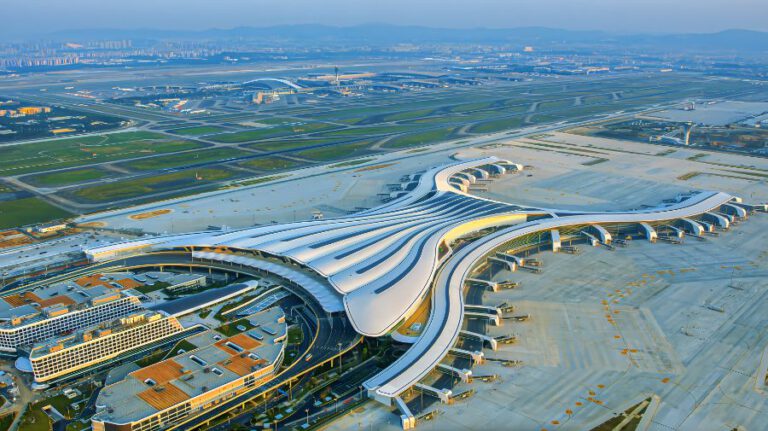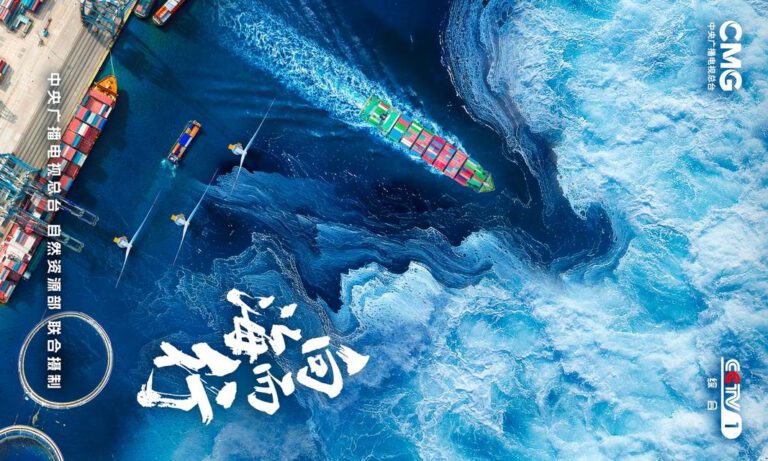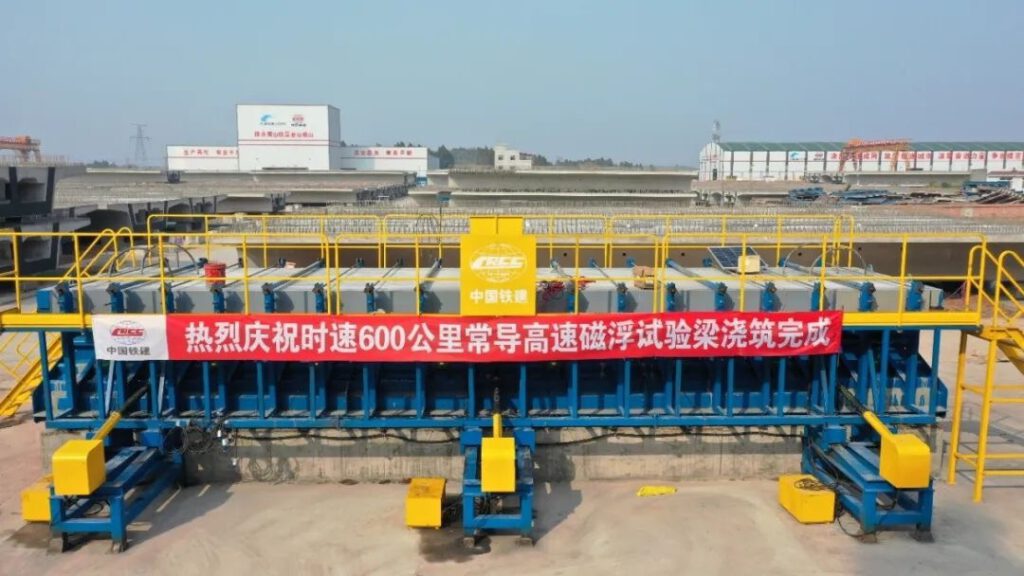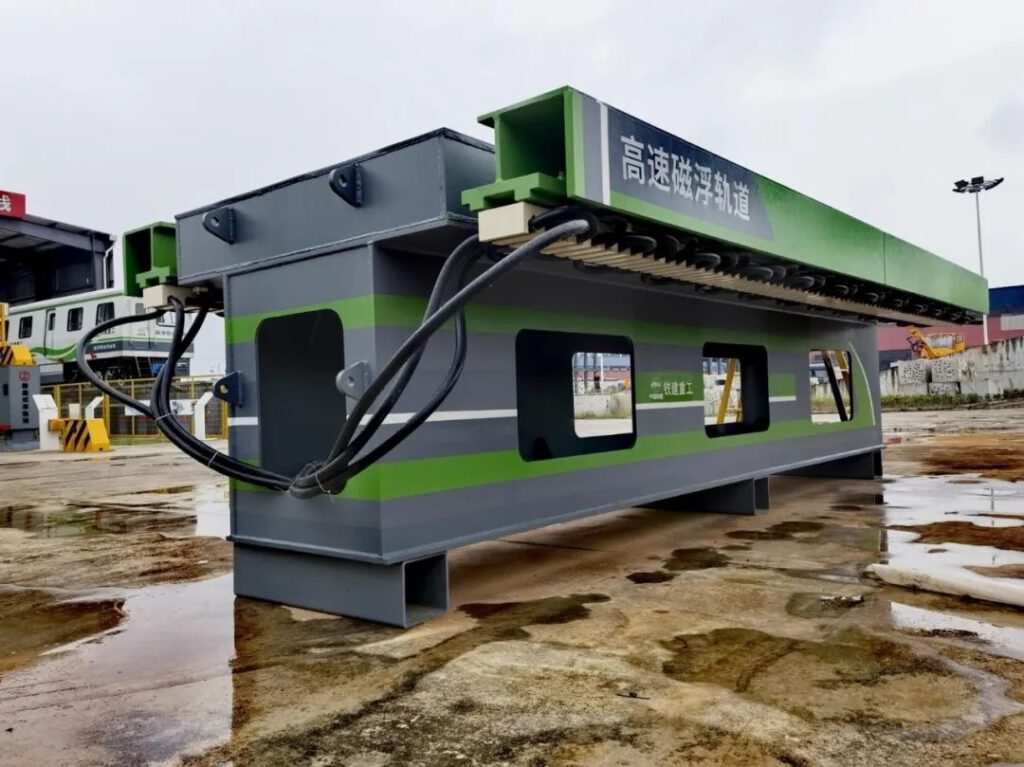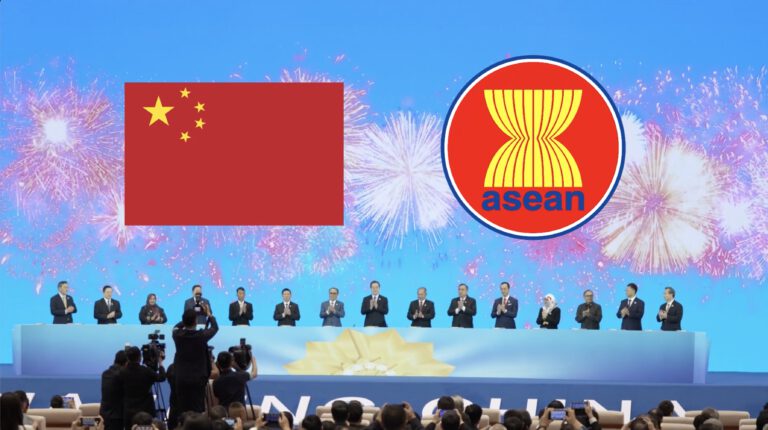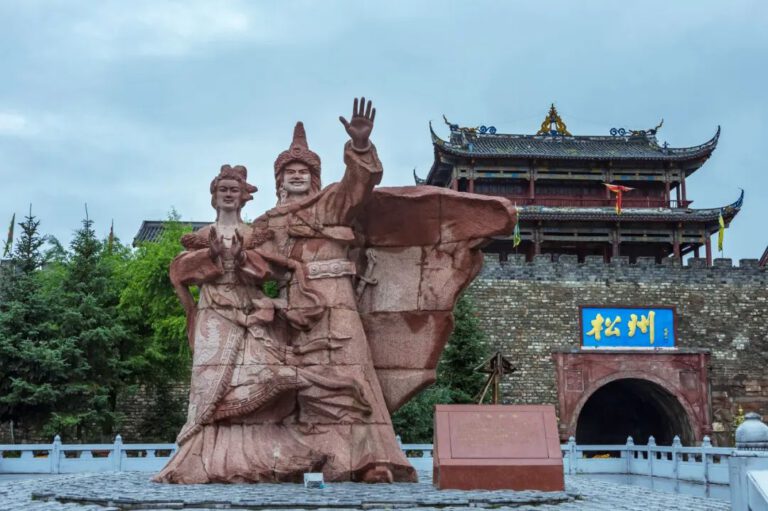As the competition in the global automotive industry intensifies in 2025, intelligent driving has become the defining battleground. After years of progress in electrification, with the three-electric systems—battery, motor, and control—now mature and standardized, the focus has shifted from electric power to artificial intelligence.
The history of technological revolutions has always followed a pattern of breakthroughs. In the 2000s, Microsoft and Intel built the digital foundations of the Internet era. In the 2010s, Apple redefined human interaction through the mobile internet. By the 2020s, OpenAI opened the frontier of digital cognition. Now, as AI begins to merge with physical space, the next great transformation is unfolding. Around the world, leading tech companies are racing to bridge the gap between the digital and the physical. Apple is developing desktop robots capable of autonomous navigation, Amazon has introduced its Astro home robot, and Google’s DeepMind continues to invest in large-scale robot control models. Across this global shift, the consensus is clear: the era of “Physical AI” has arrived. Among the first to embrace this vision in China is XPENG.
From its founding days, XPENG made AI its core research direction. Even when in-vehicle computing power was limited to a fraction of today’s levels, Chairman and CEO of XPENG, He Xiaopeng firmly believed that intelligent driving would be the ultimate expression of artificial intelligence. Guided by that conviction, XPENG became one of China’s earliest carmakers to build its own AI architecture, advancing almost in parallel with Tesla in its adoption of end-to-end autonomous driving technology. This early investment laid the groundwork for XPENG’s steady rise from a start-up to a leader in intelligent mobility.
By 2024, XPENG’s R&D team achieved a pivotal breakthrough in large-model training. The company’s VLA model, originally designed for visual perception and action, began to autonomously understand physical laws. This represented a fundamental leap—from perceiving and imitating the world to comprehending it. The next-generation VLA model, unveiled at XPENG’s 2025 Technology Day, integrates AI cognition with real-world physics. This fusion marks the dawn of XPENG’s Physical AI, an evolution that connects vehicles, robots, and aerial mobility under a unified intelligence framework.
At the event, XPENG showcased a range of technologies powered by this new model, including the upgraded Xiao Lu NGP driving system, the humanoid robot IRON, and mass-production-ready Robotaxi platforms. These breakthroughs highlight both XPENG’s technological strength and the rapid progress of China’s AI ecosystem. The theme of the event—“Emergence”—carried dual significance: the moment when quantitative accumulation transforms into qualitative change, and the simultaneous eruption of multiple technologies converging around one unified model. The wave of spatial intelligence, long anticipated by industry observers, is finally taking shape.

XPENG’s long-term vision is to become not just an automaker but a global embodied-intelligence company. This philosophy resonates with Tesla’s own trajectory, which has shifted focus from cars to humanoid robots and integrated software-hardware ecosystems. Yet XPENG’s approach reflects distinctly Chinese characteristics: building a comprehensive system that unites intelligent software, industrial hardware, and large-scale manufacturing—a combination few companies in the world can match.
Behind this ambition is a deep technological foundation. XPENG has invested billions of yuan in computing infrastructure, creating Nebula, China’s first 10,000-card automotive intelligent-computing cluster, and a 30,000-GPU cloud platform built with Alibaba Cloud. This cluster trains XPENG’s 72-billion-parameter foundation model for autonomous driving, allowing full iterations every five days. By comparison, while conventional automotive AI systems rely on tens of millions of parameters, XPENG’s second-generation VLA processes hundreds of millions and absorbs up to 270,000 hours of video data every week—equivalent to 30 years of human driving experience in just seven days.
Such immense data and computing capabilities enable XPENG to deploy Physical AI across its entire ecosystem. Automobiles remain the company’s core business, but they now serve as data-collecting intelligent nodes within a larger network that includes flying cars, robots, and Robotaxis. XPENG has established four strategic business lines: automobiles, Robotaxis, robotics, and flying cars—each reinforcing the others through shared algorithms, chips, and model architecture. This synergy allows the company to achieve economies of scale, reducing development costs while accelerating iteration speed.
In the automotive field, XPENG’s second-generation VLA intelligent-driving system will enter trial use by the end of 2025 and begin large-scale rollout in early 2026. The company’s Robotaxi division is preparing to launch three purpose-built models with five-, six-, and seven-seat configurations, all equipped with XPENG’s high-performance Turing AI chips delivering 3,000 TOPS of computing power. By relying on pure-vision solutions and eliminating high-definition map dependence, XPENG’s Robotaxis can operate across cities and even countries, providing a viable pathway toward global commercialization.
In robotics, XPENG unveiled the humanoid robot IRON, whose lifelike movement and control stunned audiences. Built with a biomimetic spine, bio-inspired muscles, and flexible artificial skin, IRON can perform precise, human-like motions with 82 degrees of freedom. XPENG plans to begin deploying the robot in service scenarios such as tour guiding, sales assistance, and patrol operations, with mass production targeted for late 2026.
Meanwhile, the company’s flying-car division, XPENG Huitian, continues to push the boundaries of low-altitude mobility. Its land aircraft carrier hybrid vehicle, capable of both road and air travel, has already garnered over 7,000 pre-orders and will enter mass production in 2026. The tilt-rotor A868 flying car for multi-passenger travel has also begun flight verification, marking another step toward realizing XPENG’s vision of three-dimensional transportation.
These developments collectively represent the essence of Physical AI—the seamless integration of intelligent software with diverse hardware platforms. Data collected from cars, robots, and flying vehicles feed into a shared base model, forming a multidimensional understanding of the physical world. As the model refines its comprehension of physical laws, all product lines benefit simultaneously, creating a self-reinforcing innovation loop. Through this unified architecture, XPENG demonstrates the advantage of China’s comprehensive industrial system, where AI research, hardware manufacturing, and large-scale application coexist within a single ecosystem.
Beyond the technological spectacle, XPENG’s progress mirrors China’s broader transformation from an engineering-driven manufacturing powerhouse to an intelligence-driven innovation leader. National strategies such as the 14th and 15th Five-Year Plans emphasize the deep integration of AI into physical industries, promoting autonomous and self-iterating production systems. XPENG’s achievements embody this vision: cars are no longer just products assembled from blueprints but evolving intelligent entities capable of learning from the world around them. Factories are becoming data hubs for continuous optimization, and China’s manufacturing logic is shifting from replication and efficiency toward independent innovation and digital self-growth.
At the close of Technology Day, He Xiaopeng reflected, “Those once-fanciful technological visions are gradually becoming reality.” Over seven consecutive years of Tech Days, XPENG’s trajectory has traced the rise of China’s intelligent manufacturing—from autonomous driving to flying cars, from robotic exploration to the development of its second-generation VLA large model. Each breakthrough reflects the country’s determination to redefine its position in global technology through self-reliance and creativity.
Behind the numbers lies a larger story. XPENG’s 10,000-strong team of engineers, its in-house chips, algorithms, and software-hardware integration, all point to a new model of competition—one rooted in comprehensive capability rather than isolated innovation. In this new global race toward embodied intelligence, Chinese enterprises are no longer followers; they are shaping the rules.
XPENG’s Physical AI is more than a concept—it is a demonstration of what China’s technological rise truly means: embedding intelligence into the physical world, transforming imagination into mass-produced reality, and leading humanity toward a new era where the boundary between the virtual and the real is no longer fixed, but fluid, adaptive, and profoundly intelligent.
Source: XPENG, CnEVPost, KMJ, CGTN, Sina



